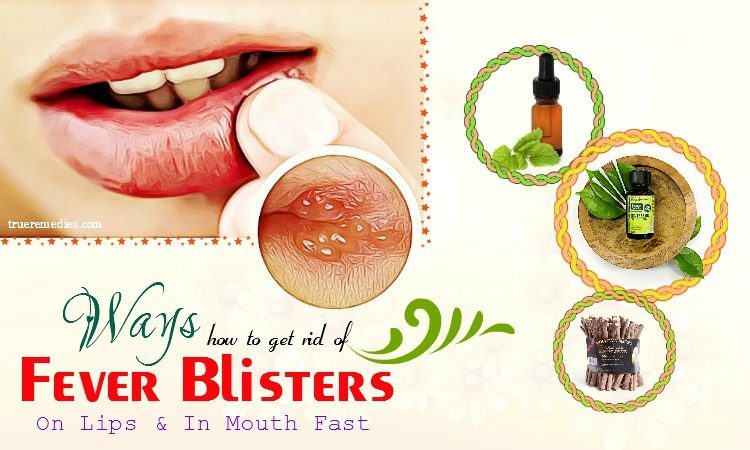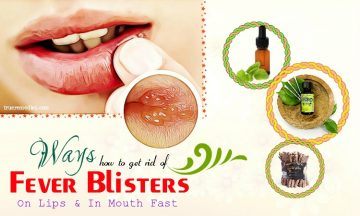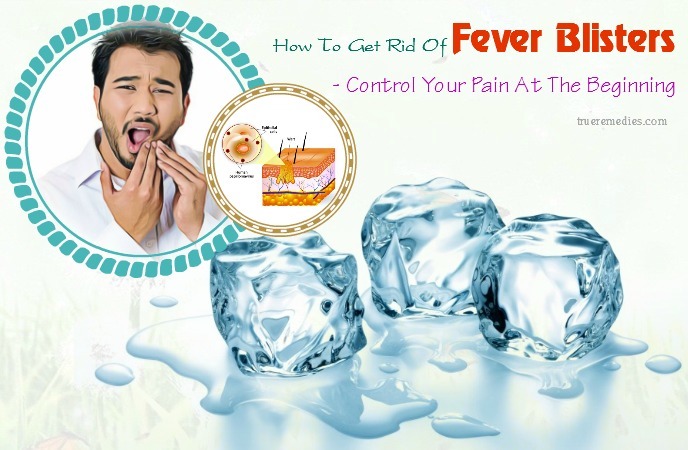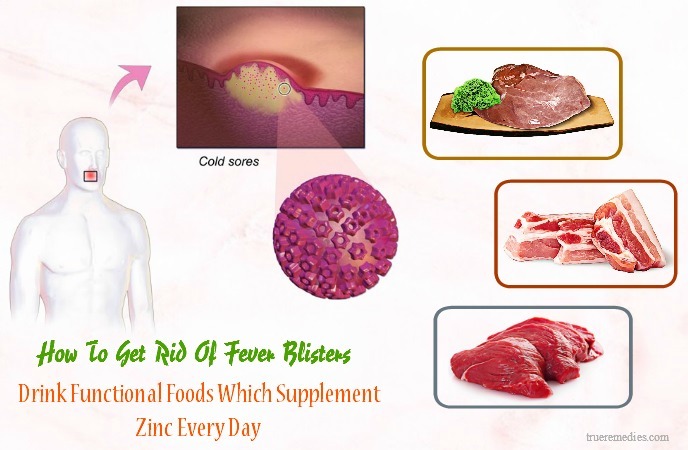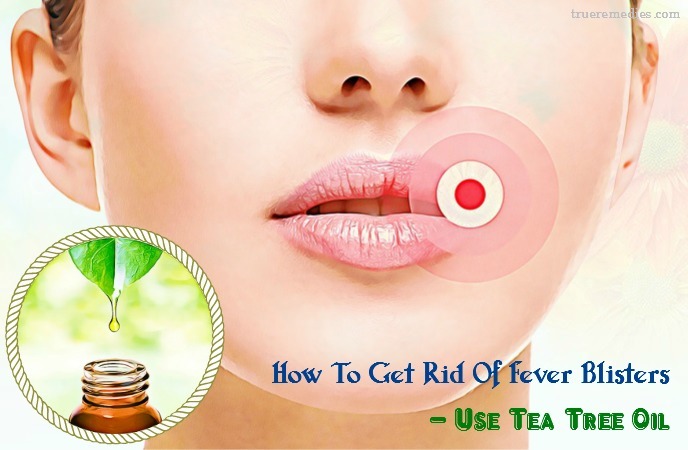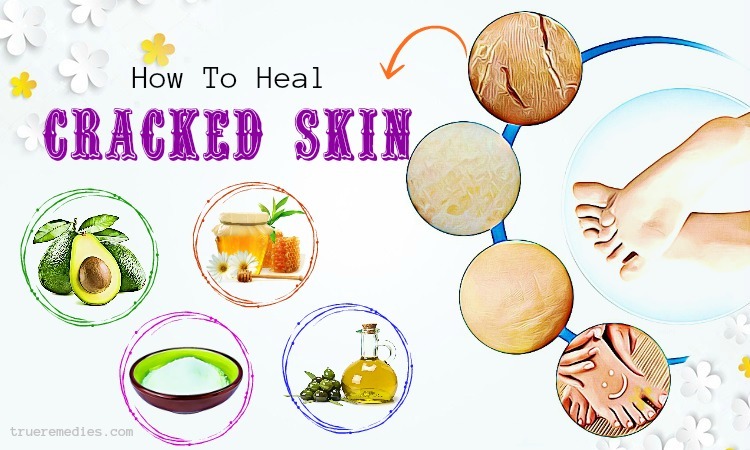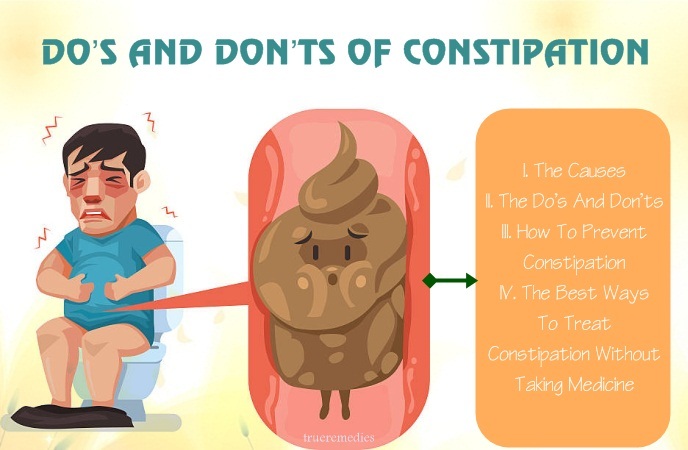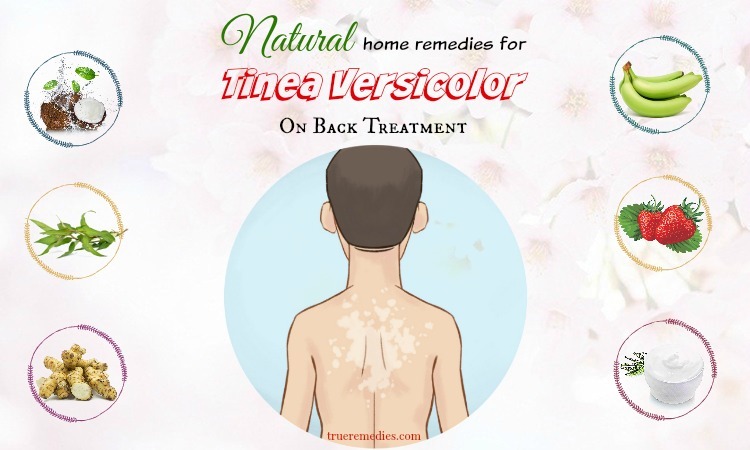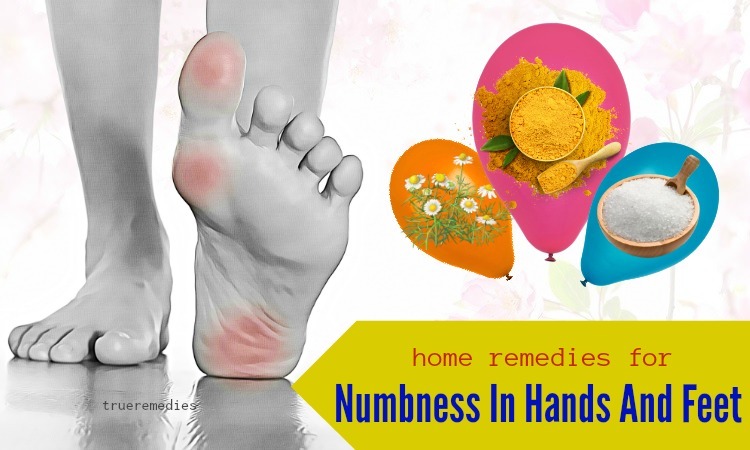Contents
Fever blister is also known as cold sore. It is a fairly common condition. Without knowing how to avoid it, many people experience fever blisters each year. It usually causes blisters on the lips and around the mouth. It is caused by the herpes simplex virus (mainly group 1). Fever blister causes a lot of pain and discomfort to the patient.
If you are reading this article, I'm sure you are concerned about getting rid of this situation quickly. You have made a right choice. This article will give you basic knowledge about fever blister as well as tips to help you treat this condition. Please do not ignore any of the information below.
What Are Fever Blisters?
Fever blisters caused by group 1 herpes simplex virus (group 2 causes the blisters in the genital).Herpes simplex virus usually enters the body through wounds on the skin around and inside the mouth. It usually spreads as you come in contact with blisters or their fluids. After infiltrating the patient's body from 2 to 7 days, this kind of virus begins to produce symptoms of the disease. Fever blisters are small blisters on the lips and around the mouth. Patients often feel pain and burning in the affected skin areas. These skin areas are usually red and swollen quickly. Fever blister can be broken. At this point, the fluid comes out and then scabs after a few days. Then, the wound heals in a few days to two weeks. When you accidentally come in contact with someone else's fever blisters, you are very susceptible to this disease. Therefore, care and hygiene during treatment is essential [1].
As you can see, fever blisters cause a lot of pain to the patient. Not too dangerous, but if not treated early, this condition can cause some serious complications. Then, the blisters can spread to other parts of the body. This causes more pain to the patient and makes treatment more difficult. More seriously, fever blisters can also cause facial distortion. It is also the cause of oral ulcer. Not only that, fever blisters can cause serious complications like throat cancer, which can lead to unprotected speech, reduced health.
What Are Common Causes Of Fever Blisters?
Here are common causes of this condition [2]:
- Patients infected with herpes simplex virus, after a period of incubation, fever blisters begin to develop. This virus works when the person is experiencing stressful situations, heavy lifting or dusty environments. Herpes simplex virus usually enters the body through cracks in the skin around or inside the mouth. It usually spreads when a person touches an affected skin area, such as from a shared eating utensil or shaver, kissing an infected person, or coming into contact with a person's saliva. Parents with fever blisters often infect their children in this way. Blisters may spread to other parts of the body.
- Indigestion or constipation with decomposition of food in the body can also cause fever blisters problem. When we eat a lot of indigestible food, the continuous combination of decomposition of food and constipation makes this condition worse.
- Deficiency of B complex and zinc.
- Deficiency of folic acid and iron. It has been suggested that fever blisters develop because of dietary deficiencies in folic acid and iron, since many studies have shown that pregnant women are more likely to suffer from this condition than others.
- The immune system is weakened by other diseases, including blood disorders.
- Eat more hot foods such as mango, dried fruit, and fried foods. In some cases, papaya or pineapple can also stimulate the mucous membrane. This situation only occurs when they are used with other “culprits” such as poor quality cooking oil.
- A new hypothesis suggests that this condition is caused by the Streptococcus bacteria. Even stress can also cause fever blisters.
- Unprotected sex with the infected person.
- When it's cold and your body is tired, you may also be prone to fever blisters.
- Lip damage (dryness or cracking of the lips), or tooth and mouth injuries because of tooth extraction or tooth decay may also be responsible for this condition.
- Fever, flu, infections (such as upper respiratory tract infections) also makes the virus more likely to enter the body.
- In addition, the researchers also thought that one of the causes of this condition was gum damage. But the fact is that oral mucus is not only present in the gums, but also in many other places on the skin.
What Are Common Symptoms Of This Condition?
Fever blisters caused by the virus but it is identified as benign. It is spontaneous and may disappear after about 2 weeks. Here are common symptoms of fever blisters which help you to recognize the disease soon:
TrueRemedies Partner Solutions

Need a Help from the Leading Expert Online, Available 24/7?
They’re all here and ready to answer your questions online or by phone. Keep asking questions until you get the answer you need.
- The first symptom of this condition may include pain around the mouth and lips, fever, sore throat, or swollen glands in the neck and other parts of the body.
- You may experience more salivation than usual.
- After blisters appear, they tend to spread and cause pain to the patient.
- You may notice lots of fluid and pus in these blisters.
- This condition may recur if you are constantly stressed, allergic or fever. Frequent exposure to sunlight also causes you to have this condition.
- In severe conditions, fever blisters can cause facial deformities.
You may experience other symptoms not mentioned. Some people carry the virus but do not get sick, so they do not have any manifestation of this disease.If you have any questions about the signs of the disease, please consult your doctor.
Who Is At High Risk Of This Problem?
As we said right from the start, fever blister is a fairly common condition. It can happen to anyone of any age. However, pregnant women and people with weakened immune systems (such as patients with intestinal diseases and HIV patients) are at high risk for this condition. However, you can control this disease by minimizing risk factors. Please see your doctor for more information.
When To See A Doctor?
If you have any of these signs or symptoms or have any questions, please consult your doctor. You need to be aware of signs of secondary infection, such as hot pus, yellow pus or swelling. See the doctor if these signs appear. In addition, if you notice the spread of fever blisters in other parts of the body, you should see a doctor to get treatment quickly.Each person's condition is different, so please consult your doctor to select the most suitable option.
There, you have discovered some information about fever blisters. As we said above, it is a benigncondition. Therefore, with mild conditions, it is possible for you to treat it with some tips right at your home. They are really safe and effective. It is time to find out tips on how to get rid of fever blisters on lips and in mouth fast naturally at home. Take a look at TrueRemedies.com!
Top 19 Tips On How To Get Rid Of Fever Blisters On Lips And In Mouth Fast
1. Control Your Pain At The Beginning
This is the first home remedy in this list of tips on how to get rid of fever blisters fast. The herpes simplex virus is highly contagious, so you should avoid kissing or mouth-to-mouth contact during illness. Also, avoid sharing bowls, cups, mugs or straws with others, and rinse them with disinfectant soap. Gently wipe off the fever blisters with soap and water to help prevent them from spreading to other skin areas. Wash your hands often and avoid touching fever blisters. Touching them can cause the virus to spread to other people or even to your genitals.
The incubation period of this condition usually lasts about 6-48 hours before its appearance appears clearly. During this time, you can apply the following methods to prevent fever blisters build up on the lips. This is also the best time to get rid of this condition, rather than waiting until it is widespread and irritating. To do this, please follow one of the following methods:
- Apply ice to the affected area. Do this every hour or as often as you can.
- Put the tea bag in hot water, wait for it to cool and then apply it to the affected area. The fever blisters will thrive at high temperatures so make sure the tea bag is completely cooled before applying to the affected area.
2. Soothe The Pain
This is another must-try treatment in this list of tips on how to get rid of fever blisters fast. An over-the-counter medication for fever blisters can help relieve the pain caused by this condition, similar to aspirin, acetaminophen and ibuprofen. Note that fever blisters are common in young children and you should not give them an aspirin as this medicine makes them prone to Reye syndrome – a rare disorder that can be fatal. You can also use creams which help relieve the pain and fight the symptoms of fever blisters. Keep in mind that many creams only relieve symptoms of the condition and do not help with recovery. You can try the following creams:
- Docosanol (Abreva) is approved by the US Food and Drug Administration and sold as an over-the-counter medication.
- Topical Acyclovir and Penciclovir (Denavir) may be prescribed by your doctor.
You can also take painkillers containing Ibuprofen or Tylenol. These drugs do not treat fever blisters but they help to reduce the discomfort experienced by this condition. Remember that fever blisters can still be spread even if you do not feel pain so you need to be careful.
3. Supplement Foods Rich In Lysine
This remedy is one of little – known tips on how to get rid of fever blisters fast. Lysine is a proven amino acid that helps treat and prevent fever blisters by blocking arginine – another amino acid needed for the development of the virus. Foods rich in lysine include fish, meat (poultry, lamb, and beef), dairy products, and bean. Regularly add these foods to your diet. Besides, you can take functional foods which supplement lysine. Dosage is usually 500-1000 mg per day, taken when hungry. The maximum safe dose is less than 3000 mg per day, so you should not overdose the recommended dose [3].
4. Avoid Foods Rich In Arginine
The next treatment in this list of tips on how to get rid of fever blister fast is avoiding foods rich in arginine. If you are suffering from liver related diseases, do not ignore arginine-containing foods because arginine has the potential to treat liver diseases. However, if you are suffering from fever blisters, we advise you to stay away from arginine foods. Arginine is another amino acid that facilitates the spread of the virus. Whole grains, nuts and chocolates contain high levels of this substance.
Besides, boosting the immune system is essential if you want to treat this condition quickly. Daily diet should include many fresh vegetables. Some of the best foods to boost your immune system include white cabbage, cabbage, Brussels sprouts, onions and garlic.
5. Stay Away From Acidic Foods
This sounds strange when it comes to tips on how to get rid of fever blisters, but it is very effective. This is especially important in the treatment of fever blisters. Viral herpes thrive in acidic environments, so you need to avoid getting acid in contact with fever blisters. Acidic foods include citrus fruits, tomatoes and foods that contain vinegar.
6. Drink Functional Foods Which Supplement Zinc Every Day
The next one in this list of tips on how to get rid of fever blister is drinking functional foods which supplement zinc every day. Zinc helps boost the immune system and prevent the recurrent of fever blister. The recommended dose for boosting immunity is 10 mg zinc per day for both men and women [4].
Consult a pediatrician if you want to take zinc supplements for your baby. In addition, regular intake of iron-rich foods such as animal liver, beef, pork, whole grains and beans is also recommended. In addition, you can use zinc-containing treatment creams such as Virunderim gel (containing 10% zinc sulfate).You can use this cream to treat your condition as soon as you notice the initial signs of it. Note that after touching the fever blisters, you must wash your hands with antiseptic soap.
7. Vitamin E
According to researches, vitamin E could soothe the human skin and might help in relieving discomfort and pain associated with fever blisters. Besides, vitamin E is an antioxidant which assists in repairing the damaged skin cells and decreasing inflammation [5]. You can take advantage of vitamin E in capsule form or add vitamin E-rich foods like spinach, almonds, sunflower seeds, avocados, olive oil to your daily diet.
8. Baking Soda
Baking soda could be used as one of effective ways on how to get rid of fever blisters because it dries out the blisters while pulling away acids that may be irritating the affected areas [6] .
Add several drops of water to a proper amount of baking soda to create a paste. Then, dab the paste over your affected area, allow it to sit there for 10 minutes. Rinse it off afterwards. Repeat this routine for 1-2 times per day till you get good results.
9. Peppermint Essential Oil
Peppermint oil is one of the most effective essential oils for fever blisters. The study cited in Phytomedicine in 2003 showed that peppermint oil damages HSV-1 [7].
Also, peppermint oil calms down nerve tingling, so you can use it on the full-blown sores.
There are 3 ways to use peppermint essential oil for fever blister removal:
- Purchase a lip balm which is infused with peppermint oil. In order to prevent the blisters from spreading, simply insert a clean cotton swab in the balm, then coat your blisters with it.
- Make peppermint tea by boiling a cup of water, then adding a peppermint tea bag into. Allow it to steep for about 15 minutes. After cooling down the tea, dip a cotton ball into it and wash your affected areas with this solution.
- Dilute 3 drops of peppermint oil with 1 ounce of almond, olive or coconut oil. Then, dab a cotton swab into this solution. But, remember to keep the salve well container to avoid the evaporation of healing constituents.
Note: Do not use peppermint oil to the fever blisters of a child because it may cause a life-threatening respiratory condition [8].
10. Lemon Balm Oil
Lemon balm oil is another member in the family of mint. Also called as melissa essential oil, lemon balm oil t has antiviral components, including rosmarinic acid, flavonoids, and phenolic acid. It explains why lemon balm oil is one of the most effective essential oils for fever blister removal.
According to Livestrong, this herb reduces healing time in half [9]. This oil soothes swelling and redness within just two days [10]. Furthermore, the terpenes included in lemon balm which contributes to the color, scent and flavor can relieve pain. Similar to peppermint oil, you could use lemon balm on fever blisters in 3 methods:
- Lemon balm salve
- Mixed with a certain carrier oil
- Tea wash
Drink this tea will help you relieve stress because the Eugenol in lemon balm helps to relax your nerves.
11. Cold Compress
In order to decrease the swelling and redness associated with a fever blister, you can place a wet, cool towel on the affected area for 3 times per day. Each times lasts for 20 minutes or so. Or, applying ice covered with a towel directly on your blisters also helps to decrease inflammation while slowing down the blood flow to the blisters, thereby relieving swelling and pain.
12. Use Liquorice
No wonder, this is definitely one that should be mentioned in this list of tips on how to get rid of fever blisters fast. A major ingredient in licorice is proven to help speed up the healing of fever blisters. You can eat liquorice regularly (distinguish between real licorice with the flowers of anise) or use liquorice in the form of functional foods. In addition, it is possible to mix liquorice with water to form a mixture and apply directly to the affected areas several times a day. Surely you will be amazed at the effect that this tip gives you.
13. Use Tea Tree Oil
The next treatment in this list of tips on how to get rid of fever blisters is using tea tree oil. Tea tree oil is used extensively in the beauty and treatment of skin wounds. This natural oil is more antibacterial and antiseptic than any natural oil [11]. Tea tree oil is used as an effective anti-viral ingredient.
In accordance with the University of Michigan Health System, tea tree oil has been effective in treating skin infections like blisters or herpes [12].
You can mix tea tree oil with water in a ratio of 1: 2 or 1: 3 and then apply this mixture to the affected skin areas for several hours. This tip helps to protect the fever blisters and helps them to dry quickly.
14. Use Milk
This sounds strange when it comes to tips on how to get rid of fever blisters fast, but it works. Proteins in milk help heal fever blisters, while cold temperatures of milk help relieve pain. You can dip the cotton swab in the milk and then apply it to your mouth several times a day. It is possible to apply milk as soon as signs of this condition appear.
15. Apply Vaseline
The next one in this list of tips on how to get rid of fever blisters fast is applying Vaseline. Applying moisturizing wax, such as Vaseline, to the mouth can help prevent bacteria and viruses from getting worse. Moisturizing wax can also protect and moisturize the affected skin areas. Use a Q-tip or washed hand to do this to prevent the spread of bacteria from the hands to the blisters.
16. Use Apple Cider Vinegar
Using apple cider vinegar is the next remedy in this list of tips on how to get rid of fever blisters fast. Apple cider vinegar works by blanching the blisters, killing the bacteria and balancing the pH of the mouth. Applying apple cider vinegar to open sores can cause a little irritation. You can dip a cotton swab into apple cider vinegar and apply it to fever blisters several times a day to get the best results.
17. Cover And Protect Your Mouth Sores
Covering and protecting your mouth sores is the next remedy in this list of tips on how to get rid of fever blisters fast. To prevent this condition from worsening, you can cover the affected area to protect them from irritation and infection. You can use a patch containing hydrocolloid gel to cover and protect these skin areas. This kind of patch is an effective tool for treating wounds on the skin, helping to heal and protect the wound. Besides, you can also apply moisturizing wax to protect the fever blisters. Wash your hands before doing this.
18. Take Antiviral Medication
Some rescribed antiviral medications like Penciclovir, Acyclovir and Famciclovir are approved for the treatment of the herpes virus. These drugs do not cure fever blisters caused by the herpes virus and have not been shown to be effective in preventing this condition, but they can help speed up the healing and reduce the severity of the disease. They are most effective if you drink one of them immediately after the first sign of mouth sore preparation. Antiviral drugs for people infected with the herpes virus work by hindering the replication rate of the virus. When viral replication of the virus is impeded, the immune system will have more time to go against the virus. If you regularly have fever blister, your doctor may order these medications for daily, as soon as you have no symptoms, to prevent mouth sores in the future.
19. Avoid Irritation
In addition to avoiding contact with fever blisters, make sure that the irritation agents are not exposed to the affectes areas. In some subjects, sun exposure can cause irritation. If you are constantly experiencing this condition because of the sun's effects, you should apply sunscreen to protect the skin, especially the skin areas around the mouth, lips, or where fever blisters usually appear.
How To Get Rid Of Fever Blisters – Some Attention
Besides applying these tips, you should pay attention to the following things to quickly improve your situation:
- Keep your hands clean. Good personal hygiene is the way to stop fever blisters growth or spread. Keep your hands clean by washing them frequently with soap and water to reduce the risk of infection. If you touch your fever blisters, you must wash your hands immediately. If not, you can spread the virus to other parts of your body.
- Avoid spreading the virus to others. Be aware that an important part of the habit of maintaining a clean personal hygiene is to avoid spreading the virus to others. You can stop the spread of the virus by simple things like not sharing personal belongings. Do not share items such as towels, mugs, lipsticks, razors or toothbrushes.
- Also, you should not kiss others or have oral sex. This action can spread the virus. Oral sex can transmit the virus to your partner and cause genital herpes.
- Wash your face gently. Fever blisters can make you have trouble while washing your face. Remember that the most important thing is to avoid irritation. You should only use mild soaps to wash your face twice a day. Also, wash your hands before washing your face.
- Do not touch the fever blisters. If you want to prevent this condition from spreading, you need to restrain your desire to touch, scratch or rub the affected areas. Touching can cause severe fever blisters.
Above are the tips to treat fever blisters that we want to introduce to you. As you can see, they are all very simple and safe. Many people get out of the situation just by applying some tips.So, do not hesitate, let’s select a suitable tip for you to apply as soon as possible.If you have any contributing ideas about our article of “Top 19 Tips On How To Get Rid Of Fever Blisters Fast” introduced in How To Category, do not hesitate to drop your words below this post. We will answer as soon as we could.

